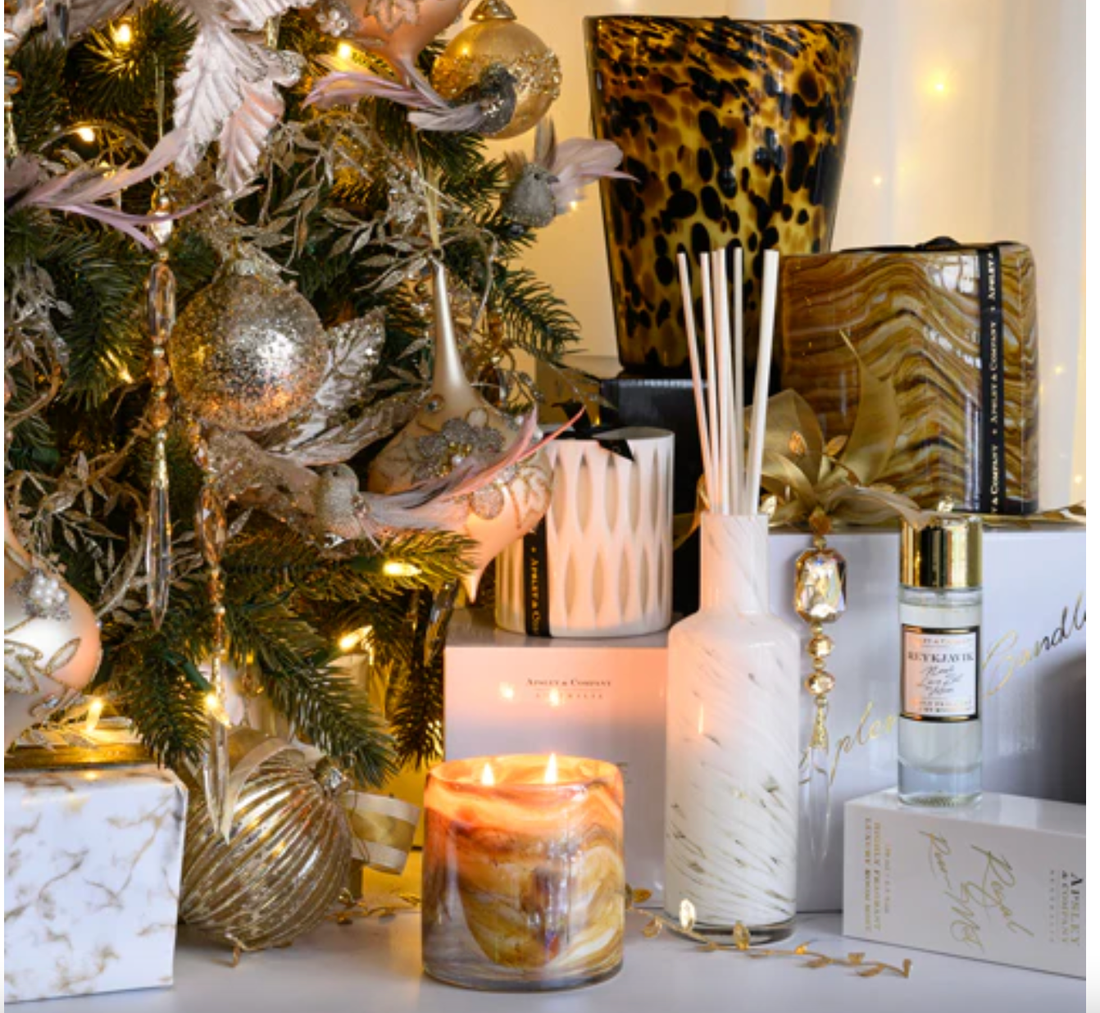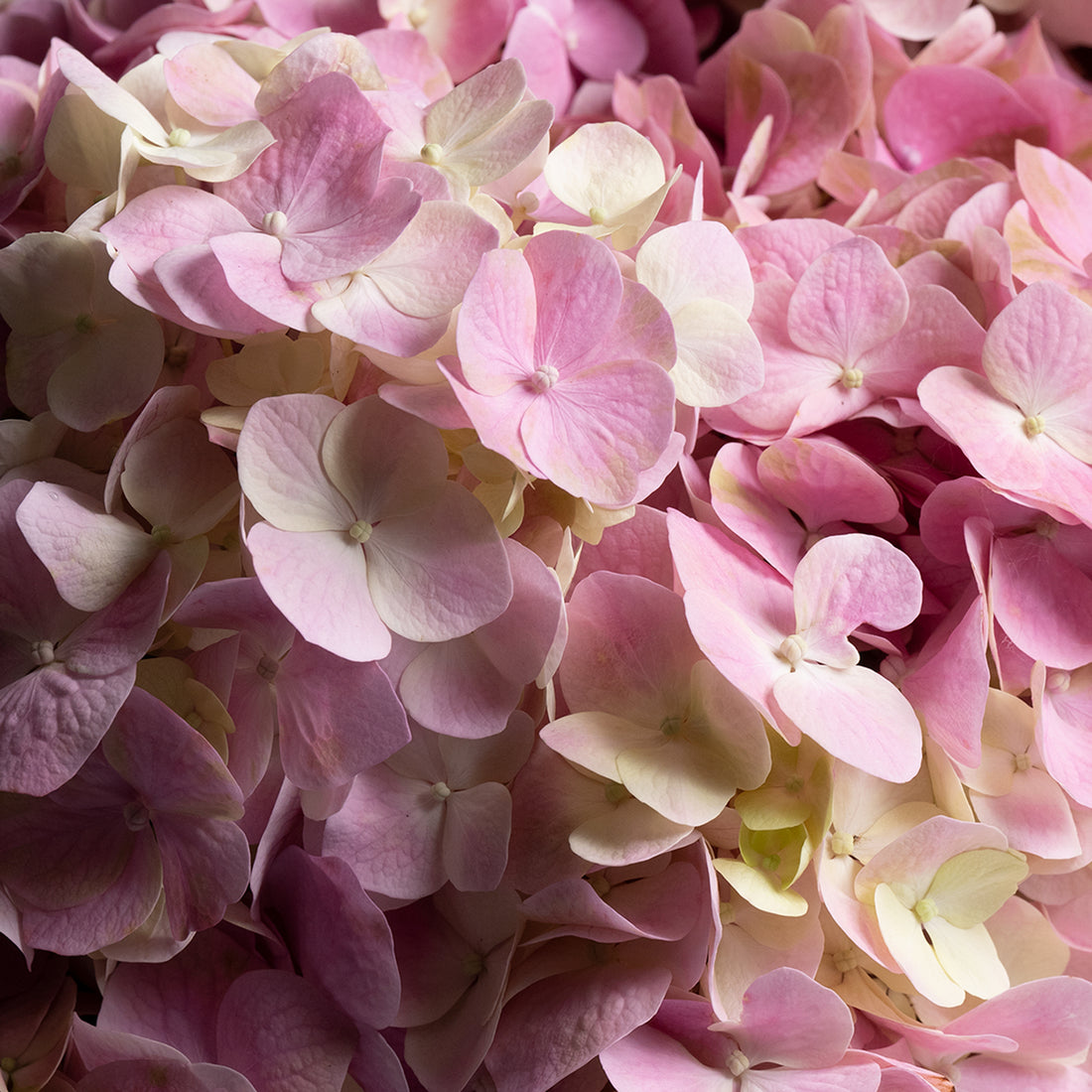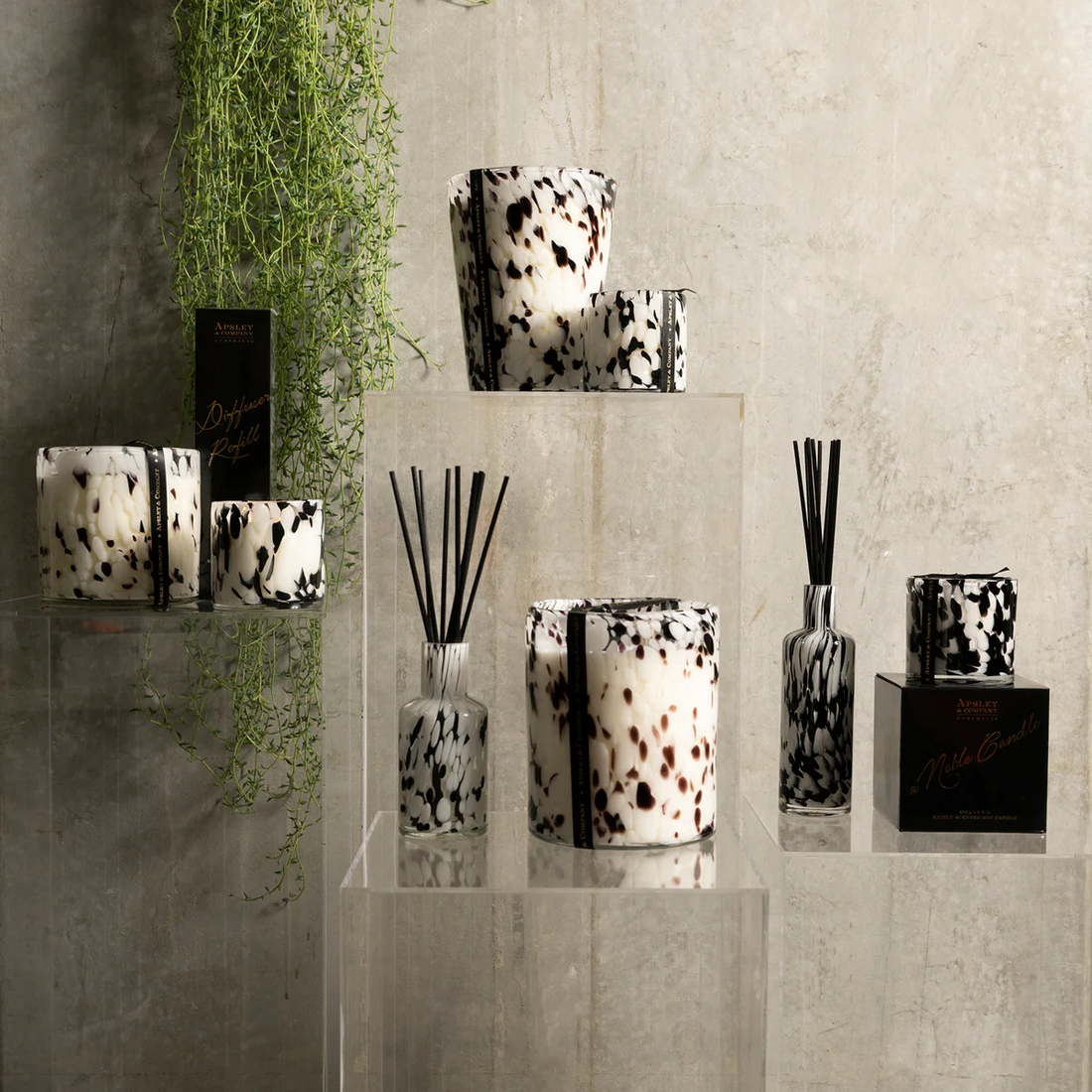Our most primitive sense is smell. It has the propensity to dictate roughly 75% of our daily emotions, allowing us to form opinions, vivid memories and perceptions. We actively choose to douse ourselves in fragrances, plot them throughout our homes and tether them irrevocably to milestone events in our lives. But how are they forged?
In our explorative three-part blog series, ‘The Architecture Of Fragrance’, we’re tracing the creation of exquisite scents back to their origins. For this second instalment, we want to ascertain the ‘innovation’ of perfumery. How does a brief translate from paper to life, what is the science behind fragrance distilling and how exactly is a perfume assessed?

THE PERFUMERS
Our cadre of renowned perfumers are located worldwide, peppered throughout cities rich in culture, life and history like London, Paris, Munich, New York, Rio and Hong Kong. When we prepare a brief for a fragrance, we send it to one of Apsley and Company’s Account Managers, who then stows it in their database. After discerning what expertise the distinctive brief demands, they will then match the work to a highly-specialized perfumer. Like summoning Burberry for outerwear or Chanel for a little black dress, every bespoke perfume brief calls for an idiosyncratic, passionate perfumer.
All the major perfume houses have data-rich portfolios, so even if a fragrance is developed by a perfumer in New York, the formula can easily be accessed by the rest of the organisation, anywhere in the world. Many of the larger perfumeries have library-like troves of fragrances as well, allowing for shortcuts in the development process. But we’re firm advocates for offering unique scents to our customers - we like to continuously create to ensure we will always have a point of difference with a new release. When it comes to the tactile process of creating that fragrance prototype, our labs are based in France, Germany and the US.

THE PROCESS
Depending on the complexity of the fragrance we’re striving to create, the innovation process can span anywhere from four weeks to three months before the testing phase commences. Trialling a fragrance across different applications is paramount, demanding patience, time and diligence. Sometimes, this testing period can take up to several months as we monitor the stability of a fragrance under a whole host of conditions. UV light, heat, cold and raw material sources can all have a profound impact on perfume, morphing its characteristics and governing its performance.
It’s also important to note that the industry of fragrance is highly regulated. Apsley and Company must abide by the many rules and regulations synonymous with deriving raw materials for fragrances, as outlined by the IFRA (The International Fragrance Association).

TROUBLESHOOTING
The troubleshooting saga of fragrance development occurs during what we dub the ‘stability trail’. For some context, it’s crucial to remember that fragrance is designed for specific applications and can only be used in those applications - i.e. to be burnt in a soy wax candle or to be distilled into a diffuser. If you use the fragrance outside of these parameters, you risk failure.
So, how do we sample test our prototypes? Normally, we receive one sample of the fragrance. Maybe we’ll tweak it by amplifying its sweetness, enriching its base or emboldening its musky undertones. Once this modification round is complete, the fragrance is then malleable to be tweaked for its diffuser, candle or room spray application. Once receiving the tick of approval, we move onto stability testing through three types of rigorous trials. One is housed in a temperature-controlled environment in the perfumers lab, another is undertaken in our factory where the perfume is tested within its application, and lastly we run a number of functionality trials to see how it performs in ‘natural conditions’ reminiscent of the home. A fragrance is passed after stability testing when it still smells exactly the same as the original fragrance sample after being trialled ‘in situ’. We also have to watch out for any reactions to the packaging that it will be sold in. Plastic and fragrance preservation don’t partner well, being one of the integral reasons Apsley and Company opt for glass encasings. Lastly, we monitor the nuances in a fragrance’s colour over time. Raw materials can change from season to season, leading, for example, for some citrus fragrances to be green-tinged one year and lemony in hue the next.
Our process of ‘innovation’ approaches the concept of fragrance design on a holistic level. We hope to have unearthed some of the intricate, behind-the-scenes magic that leads to the manifestation of the Apsley and Company fragrances you love. Be sure to read on for our third ‘The Architecture of Fragrance’ instalment, in which we guide you through the final destination of our fragrances’ trajectory - ‘In The Home’.





